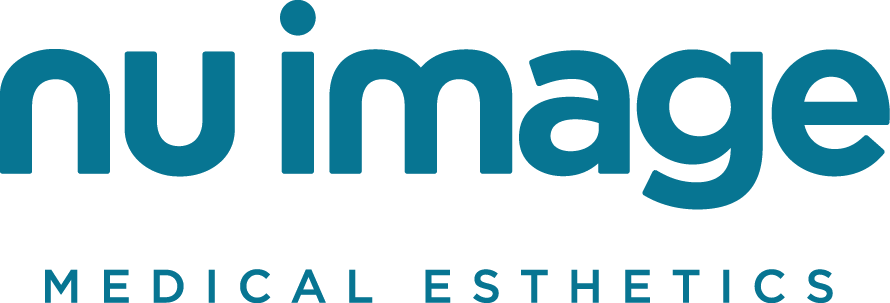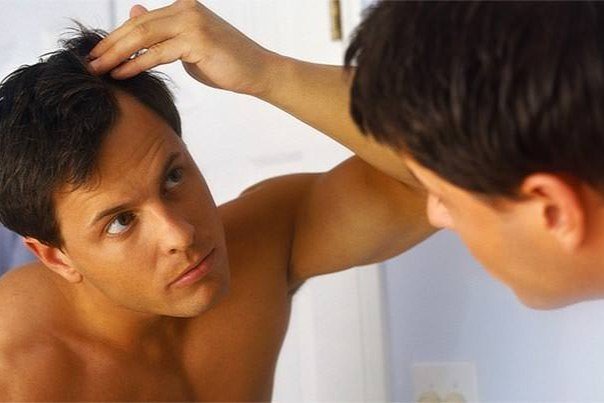Hair Restoration
Am I a good candidate for hair restoration with microneedling and platelet rich plasma (PRP)?
We can help you determine if PRP treatment is right for you, but generally good candidates are:
• Healthy individuals who do not have a life-threatening illness or medical conditions that can impair healing
• Individuals that are bothered by their hair thinness
• Non-smokers and non-drug users
The best time to handle hair loss is…
when you first notice.
-
Depending on how many areas you want treated, a volume of blood will be taken. This is usually between 10 to 30 ml.
PRP can also be successfully used to treat thinning hair and hair loss, particularly male pattern baldness. Just as with acne scar treatment, blood is drawn from your arm and placed in a centrifuge. After it is spun and separated, the PRP is injected directly into the scalp at the level of the hair follicles. Injections are made approximately at every half inch over the area of thinning hair. The PRP helps stimulate the activity of the hair follicles and promote new hair growth.
It is recommended that patients receive three treatments at four to six week intervals.
-
Your blood is essentially made up of four main components: red blood cells, white blood cells, plasma, and platelets. Platelets are the cells in the blood that help tissue to heal and grow new cells. PRP is a natural product that is created from your own blood. Your blood is taken and spun in a centrifuge, which enables the separation of red and white blood cells from plasma and platelets (clear fluid). This plasma now contains a higher than normal number of platelets and is called Platelet Rich Plasma (PRP).
-
Each year thousands of individuals undergo successful PRP treatment, experience no major problems and are happy with the results.
Significant complications from PRP treatment are extremely rare. However, make sure that you understand what treatment involves, including possible risks and follow-up care.
PRP treatment poses a few minor risks, including:
Minimal pain
Swelling
Bruising
Redness or Heat
PRP treatment poses a risk of bleeding and infection, but this is normal. It's also possible to have and allergic reaction to materials used during or after the procedure.
You can help minimize these risks by following the advice and instructions of our Nu Image doctor, both before and after your procedure. We’re here to answer any questions you might have and make you as comfortable and confident as possible.

